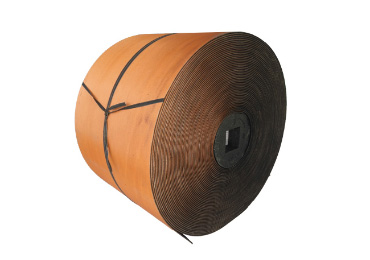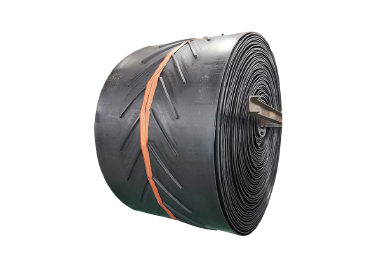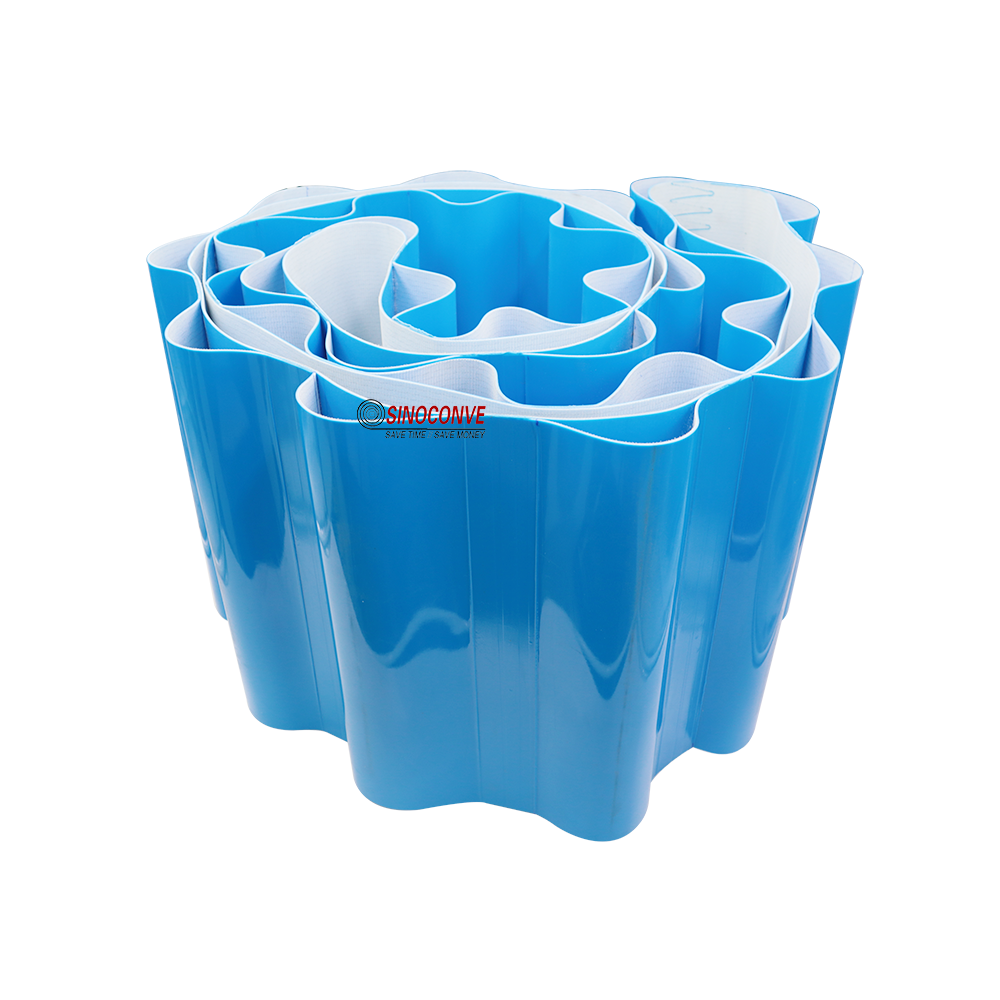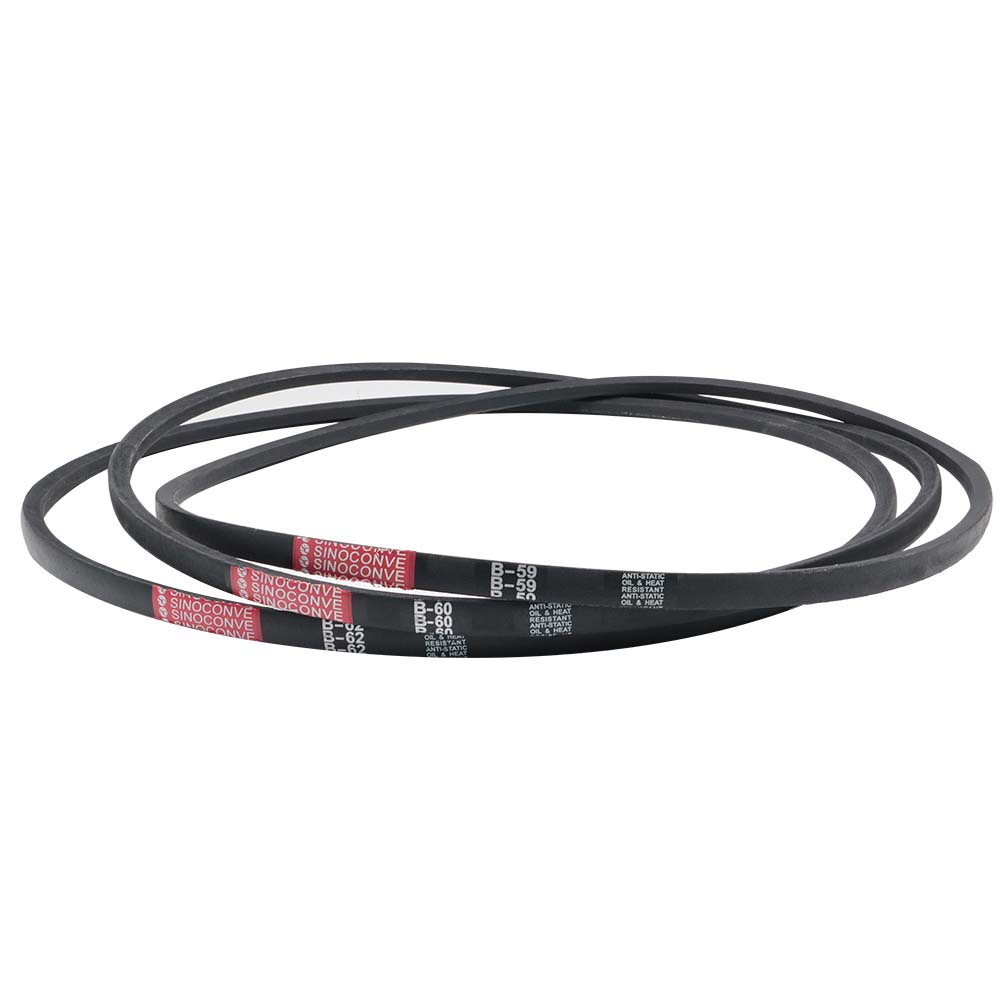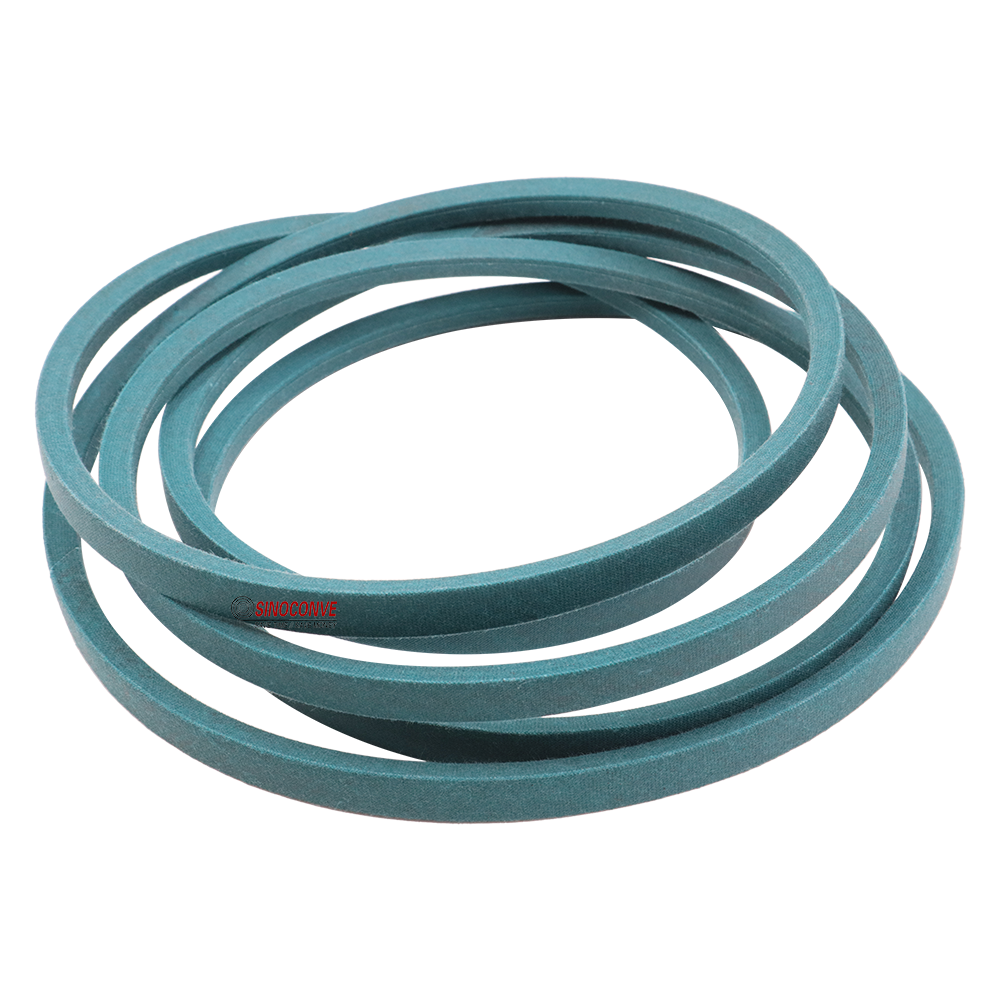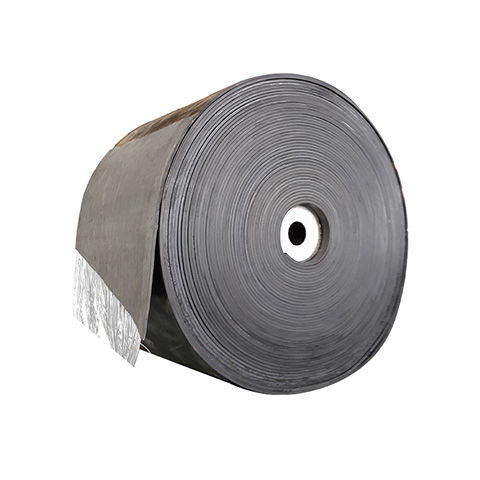
Steel Cord Conveyor Belts: Built for Heavy Loads and Long Distances
What Is a Steel Cord Conveyor Belt?
A steel cord conveyor belt is a heavy-duty rubber belt reinforced with high-tensile galvanized steel cords embedded in the carcass. Unlike fabric belts, steel cord belts offer superior tensile strength, minimal elongation, and excellent impact resistance—making them ideal for high-capacity, long-distance, or steep-angle conveying systems.
The steel cords run parallel along the belt’s length and are encased in rubber, providing strong bonding and high fatigue resistance under tension. They are typically used in harsh, high-load environments where standard textile belts fail.
Core Benefits of Steel Cord Belts
Steel cord belts are engineered for extreme demands. Key advantages include:
-
High Tensile Strength
Supports up to 10,000 N/mm tensile strength, ideal for high-speed and long-distance systems. -
Low Elongation
Elongation under full load is typically <0.25%, allowing for precise control and less frequent tensioning. -
Excellent Impact and Tear Resistance
Multi-layer rubber bonding and steel cords prevent damage from sharp or heavy materials. -
Long Service Life
Thick top and bottom covers resist abrasion, oil, fire, and moisture for long operational life in demanding environments. -
Smooth Operation in Harsh Terrain
Works reliably over steep inclines, uneven terrain, and long horizontal runs.
Typical Applications of Steel Cord Conveyor Belts
Steel cord belts are widely used across industries that demand extreme strength, stability, and reliability:
-
Mining & Quarrying
Transport of bulk materials like coal, iron ore, bauxite, limestone, and copper over long distances and harsh terrain. -
Ports & Terminals
High-capacity ship loading/unloading conveyors where continuous heavy-duty service is required. -
Power Plants
Bulk coal feeding conveyors, ash handling systems. -
Cement & Steel Plants
Hot clinker handling, slag transport, raw material movement with high-temperature and heavy load conditions. -
Tunnel Boring Projects
Spoil and waste material extraction over multiple kilometers underground. -
Aggregate and Chemical Plants
Transport of high-volume raw materials like gypsum, potash, fertilizers.
Inside the Structure: What Makes Steel Cord Belts So Strong?
Typical structure includes:
-
Top Rubber Cover – Wear-resistant, oil/heat/flame-resistant variants available.
-
Steel Cord Layer – Galvanized steel cords arranged longitudinally; optional breaker layers for anti-tear protection.
-
Skim Rubber – Ensures adhesion between cords and covers.
-
Bottom Rubber Cover – Provides load support and reduces pulley wear.
Customization options include:
-
Cord diameter and spacing (e.g., ST630, ST1250, ST3150)
-
Belt width: 500mm to 2400mm+
-
Cover grade: abrasion-resistant, oil-resistant, flame-retardant
-
Breaker fabric layer or transverse reinforcement
How to Choose the Right Steel Cord Belt
When selecting a steel cord belt, assess:
| Parameter | What to Consider |
|---|---|
| Tensile Strength | Depends on system load, distance, and incline (ST ratings) |
| Cover Thickness | Thicker for abrasion-heavy operations; balanced for weight |
| Cord Spacing & Diameter | Closer spacing = better impact absorption |
| Cover Grade | Choose oil/heat/flame-resistant covers based on material type |
| Safety Factor | Standard is ≥6.7 for mining; always check local regulations |
| Pulley Diameter | Ensure pulley specs match the belt’s minimum bending radius |
Pro Tip: Always consult your conveyor system’s load calculation to avoid under-spec or over-spec errors.
Why Choose Sinoconve’s Steel Cord Belts?
At Sinoconve, we produce steel cord conveyor belts with:
-
Full control over cord manufacturing and rubber compounding
-
ST630–ST5400 standard models with custom options
-
Flame-resistant, anti-tear, heat- and oil-resistant formulations
-
SGS/ISO-certified quality testing and product traceability
-
Global delivery for mining, cement, and port projects
With 20+ years of export experience and belts running in over 100 countries, we understand what long-term durability truly means.
Built to Last, Engineered for Demanding Loads
Steel cord conveyor belts are not just belts—they are the backbone of your bulk handling system. A properly selected and maintained steel cord belt ensures higher uptime, safer operation, and a lower cost per ton.
📩 Contact us for specifications, pricing, or custom project support via our homepage or directly on the contact page.

